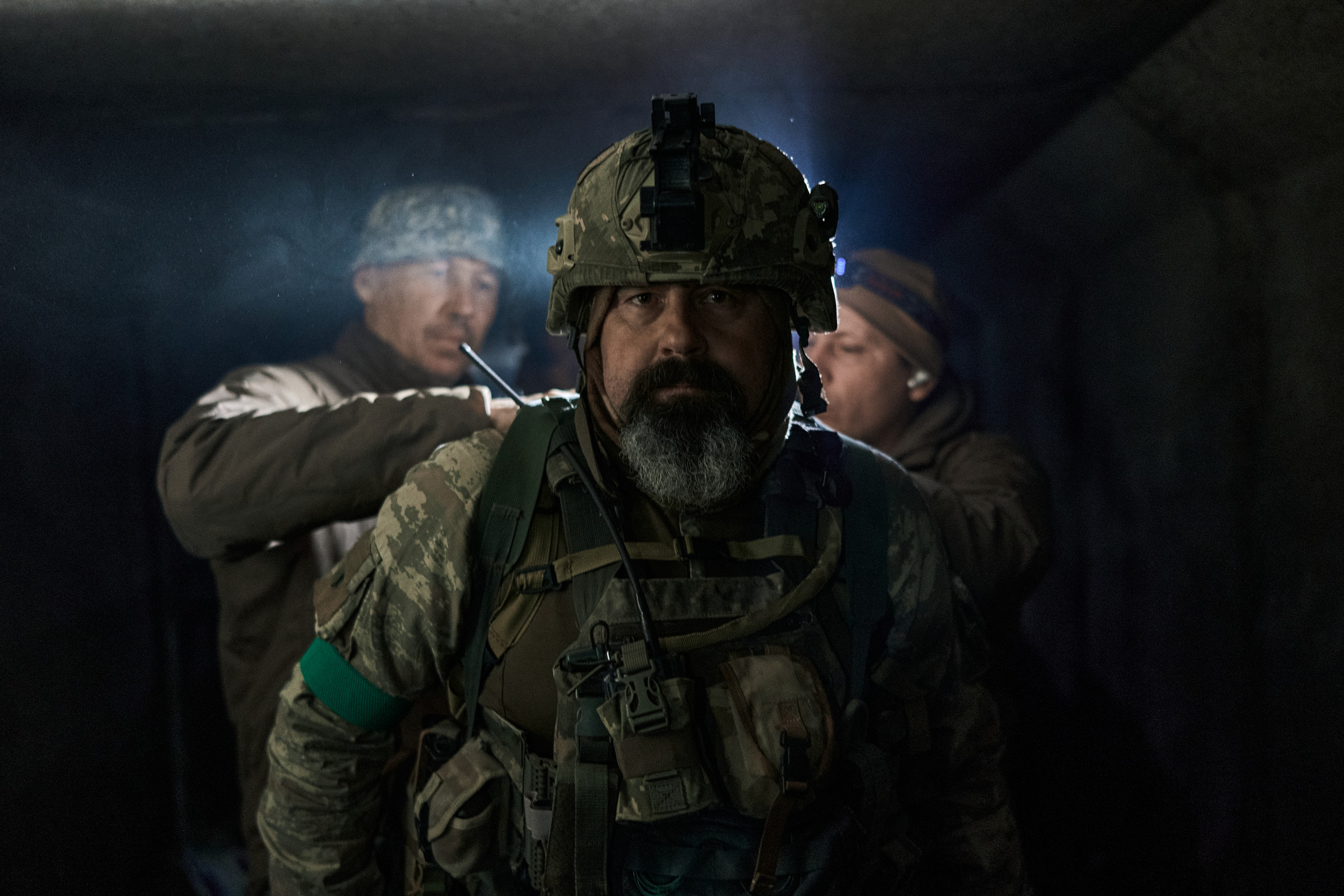A popular Russian military blogger vented on Telegram about the challenges posed by Ukraine’s newly unveiled “dragon drones,” which utilize thermite charges, expressing concerns that soldiers are left to defend themselves.
Dmitri, who operates the independent project War Translated, shared insights from Two Majors, a military blogger with over a million Telegram followers.
Even though the first examples of Dragon drones have been seen very recently, the innovation has been there for some time already. After the first public video, many brigades and groups quickly posted material of the Dragons from various parts of the front. 5/ pic.twitter.com/IwBl4BU2Bb
— Emil Kastehelmi (@emilkastehelmi) September 6, 2024
In the wake of drone attacks, Dmitri detailed Russian reactions to the thermite drones used in the Kherson region, highlighting the lack of effective countermeasures. His suggestion? Build deeper protective dugouts with concrete and firebrick.
Ukrainian forces have shared videos depicting the drones in action. Thermite, which burns at over 4,000°F—twice as hot as lava—can penetrate armored vehicles, according to the Science Channel.
“These drones pose a significant issue,” Two Majors noted, explaining that Russian troops are scrambling for ways to shield themselves from the incendiary attacks.
“We’ve tried nets to deter the drones, capes to hide from thermal imaging, and now we need strategies to avoid getting burned,” he remarked.
The blogger advised soldiers to dig deeper and employ materials like sand to enhance their fortifications, ultimately calling for fireproof construction and ready supplies of water and sand for extinguishing flames.
“Unfortunately, this is on us to figure out,” he added, reflecting on the urgent need for personal safety measures amid fast-evolving warfare technologies.
Recently, an open-source intelligence user, OSINT Technical, posted footage that allegedly shows one of the drones igniting Russian positions and setting trees ablaze, though the specifics of the incident remain unclear.

Kostiantyn Liberov/Libkos/Getty Images
Emil Kastehelmi, an OSINT analyst, described the “Dragon drones” on X as a significant evolution in drone warfare.
“Unlike traditional drones, these have a terrifying psychological impact,” he explained. “Thermite not only incinerates vegetation but can also severely damage equipment and burn soldiers—making them vulnerable on the battlefield.”
Kastehelmi emphasized that the new weaponry adds a chilling element to drone warfare, portraying a scenario where fire suddenly descends from the sky, leaving soldiers helpless and in panic.
It remains to be seen how effective these drones will be in combat, with Kastehelmi suggesting that Russia might explore similar innovations if the technology proves beneficial.
